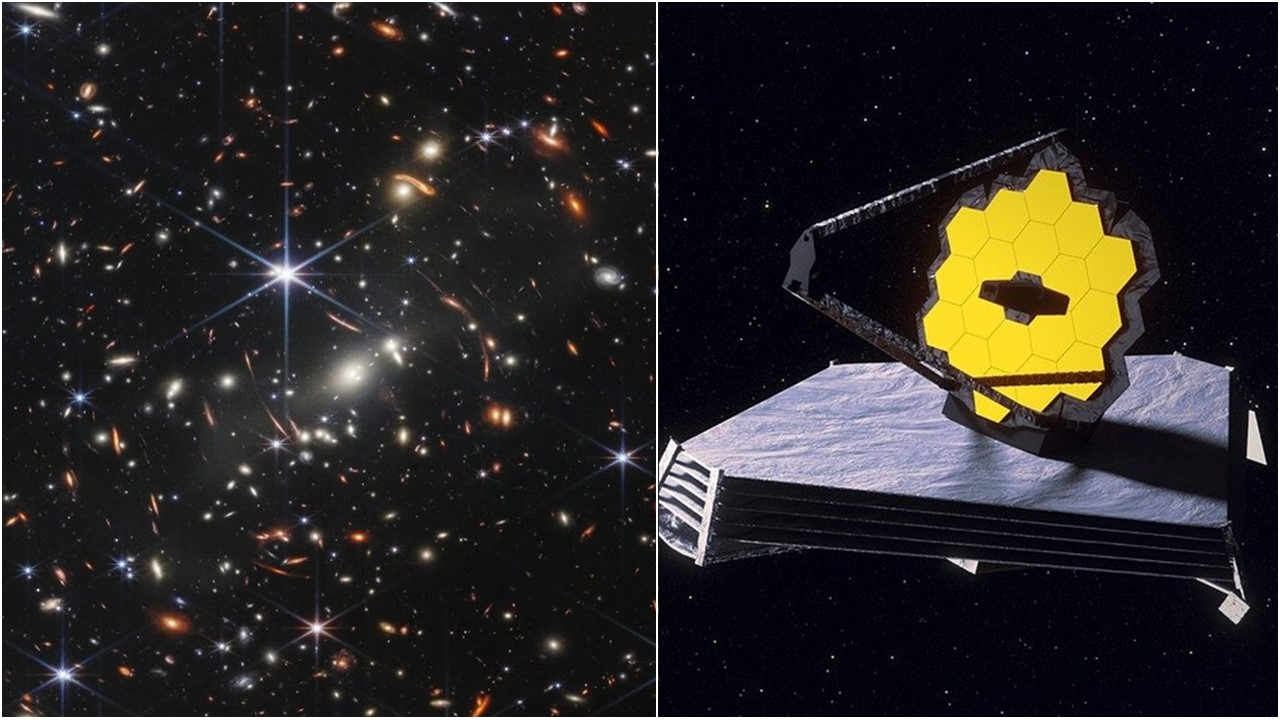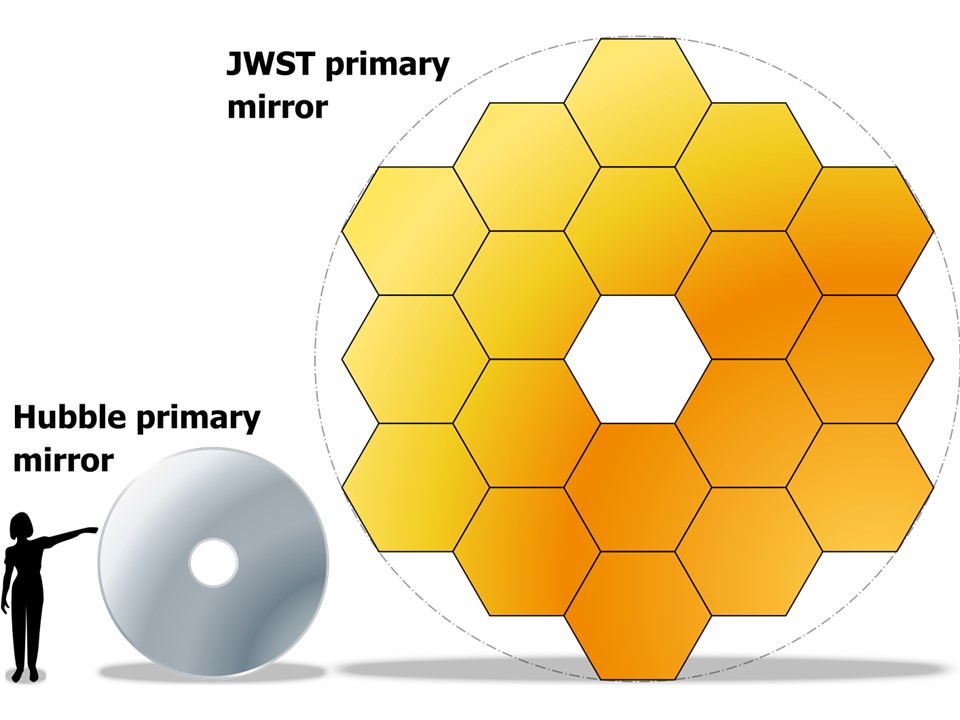
First image (credit: NASA, ESA, CSA) by the Webb Telescope is of galaxy cluster SMACS 0723 as it appeared 4.6 billion years ago, the time when our planet Earth just began to form. Surrounding the cluster are tiny unseen objects of the universe as they were 13 billion years ago, shortly after the Big bang.
SMACS 0723, a massive object, is bending the light rays coming from the distant galaxies behind it. The Webb telescope has brought those galaxies into sharp focus. This phenomenon is called gravitational lensing and is based on Einstein's theory of relativity.
The image was taken by Webb's near-infrared camera and took about 12.5 hours to be assembled from a collection of images taken at various wavelengths. When the Hubble Space Telescope took a similar deep field image it took several weeks!
The first deep field was unveiled by the president of the United States Joe Biden during a White House event. “It’s hard to even fathom,” he commented.. “It’s astounding. It’s an historic moment for science and technology, for America and all of humanity.”
Thousands of galaxies that have come into Webb's infrared view for the first time would fit in a single grain of sand held at arm's length by someone on the ground. These images will help astronomers to calculate the compositions of the earliest galaxies.
The telescope, named after the longest serving NASA administrator, took over 30 years for completion and could revolutionize our understanding of the universe. Its infrared capabilities will allow humans to see back in time to the first galaxies and study their evolution.

Webb is the official successor of the Hubble space telescope. Its operations are led by NASA with its partners: ESA (European Space Agency) and CSA (Canadian Space Agency). The camera that took this image was built by the University of Arizona and Lockheed Martin’s Advanced Technology Center.









 Physics, astronomy and science history blog for students
Physics, astronomy and science history blog for students


Responsive Ad Slot